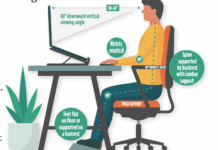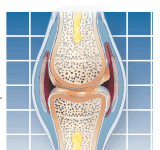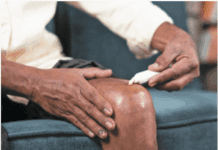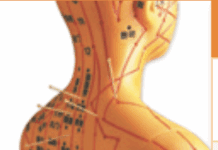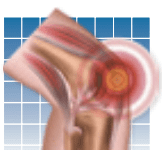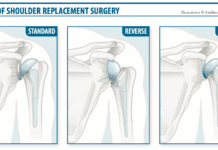Immobilizing the joint with a splint can help with pain and joint alignment. You can buy one in the drug store, but its better to have one custom made by an occupational therapist. If you buy a ready-made one, be sure it is specifically designed for the thumb (and not, for example, for the wrist). Some splints hold the joint in one position, while others allow for some movement. Your doctor or occupational therapist will help you determine which type of splint is most appropriate for you. Youll probably start by wearing the splint most of the time, and then gradually use it less frequently during the day but continue bracing while you sleep at night.
To continue reading this article or issue you must be a paid subscriber.
Sign in


